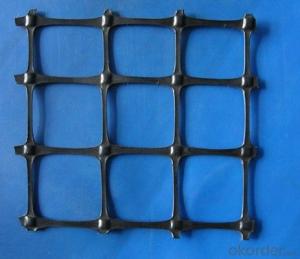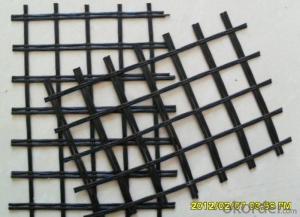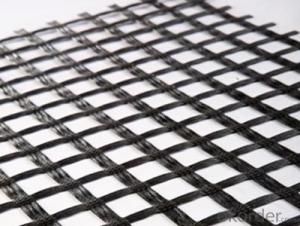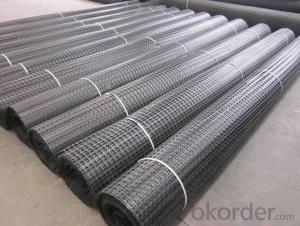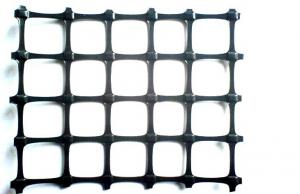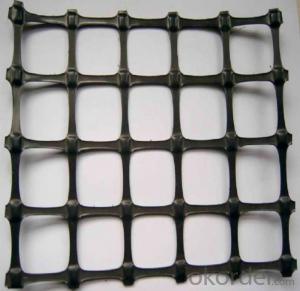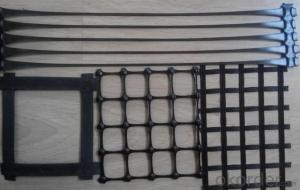Fiberglass Geogrids For Roadbed Reinforcement
- Loading Port:
- Qingdao
- Payment Terms:
- TT or LC
- Min Order Qty:
- 30000 m²
- Supply Capability:
- 500000 m²/month
OKorder Service Pledge
OKorder Financial Service
You Might Also Like
Structure of Fiberglass Geogrid:
Fiberglass Geogrid is excellent composite material used for road bed reinforcement and soft soil foundation improvement. It has become an indispensable material in treatment of reflection cracks on asphalt road surface. The products are semi-rigid mesh base made from high-strength alkaline-free glass fiber through international advanced process and subjected to surface coating. It has a high tensile strength and a lower elongation both vertically and horizontally. Moreover, it has good resistance to high and low temperature, aging and corrosion. It is widely used in Asphalt wall, railway foundation, dike slope, runway and sand harnessing.
Main Features of Fiberglass Geogrid:
fiberglass geogrid for soil reinforcement
Pavement subgrade stabilization
Area /Ground stabilization
Pavement base reinforcement
Working & load transfer platforms
Rail Track-bed stabilization
Reinforced granular foundation beds
Aluminum Alloy Wheel Hub Images

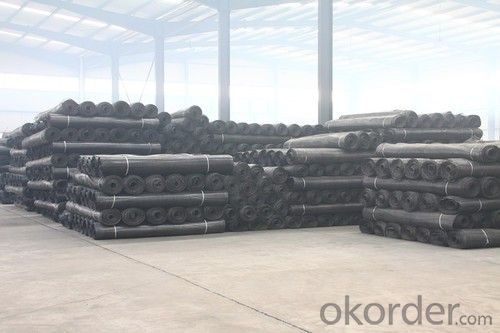
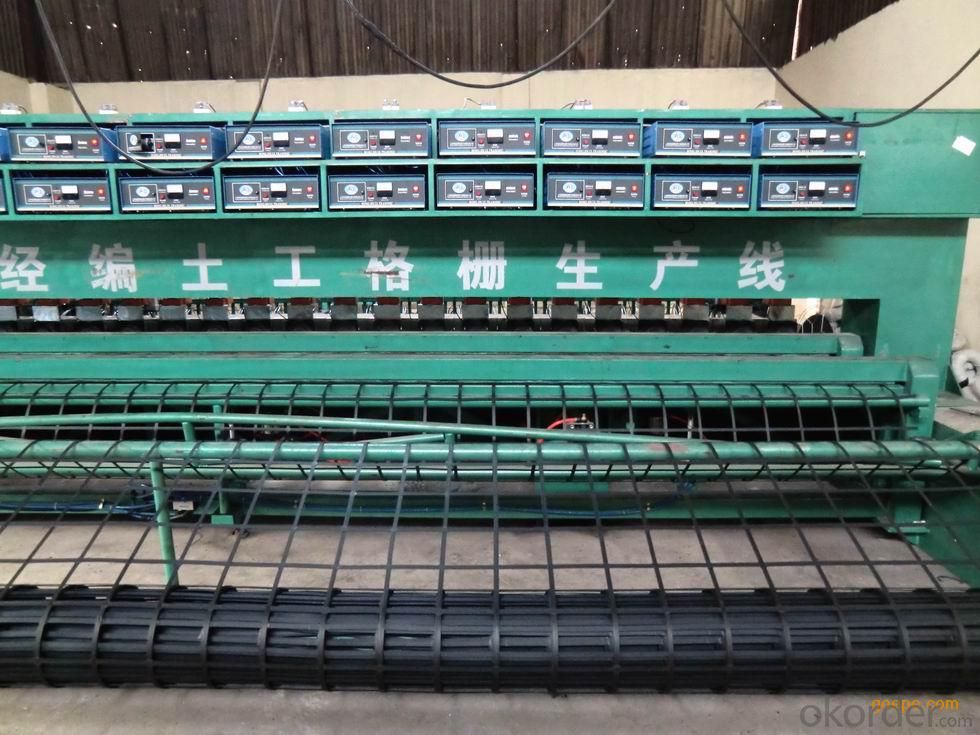
Butimen Coated Fiberglass Geogrid Specification
Glass Fiber Geogrid GGF80 Technical Specification | |||
Property | Test Method | Unit | Index |
Wide Width Tensile Strength | |||
MD | KN/M | ≥80 | |
CMD | KN/M | ≥80 | |
Elongation At Break | ≤4 | ||
Grid | MM | 25.4×25.4 | |
Width | M | 1~6 | |
Packaging | Details | ||
Roll Dimensions(W×L) | According to customer requirements | ||
Square Meters Per Roll | |||
Estimated Roll Weight | |||
It is widely used in Asphalt wall, railway foundation, dike slope, runway and sand harnessing.
FAQ
We have organized several common questions for our clients,may help you sincerely:
Q: How about your company?
A:Our company are one of the largest geosynthetic products supplier in the world.We have the products experience more than 20 years.Already export to USA/Germeny/Australia/Zambia/Brazil etc.more than 20 countries.Almost 10years.Our products including Geocell/Fiberglass Geogrid/Geomembrane/Geotextile/Geonet etc.
Q.Does your products have good qualitity?
A:Yes,we have do many big projects such as the 2008 Beijing Olympic BIRD NEST. Divert water from the south to the north project. And our products have CE certificate also.
Q:How long can we receive the products after purchase?
A:In the purchase of product within three working days, We will arrange the factory delivery as soon as possible. The pecific time of receiving is related to the state and position of customers.Commonly 15-20 working days can be delivery.
- Q:What are the types of Geogrid
- Glass fiber geogrid, 1595341 polyester fiber geogrid, glass fiber, polyester composite geotextile, steel plastic composite geogrid, PP grid, one-way two-way stretching plastic geogrid,
- Q:Can geogrids be used in reinforcement of underground pipelines?
- Yes, geogrids can be used in the reinforcement of underground pipelines. Geogrids are a type of geosynthetic material that provide additional support and stability to the surrounding soil, preventing the pipeline from experiencing excessive deformation or damage. They are commonly used in pipeline installation and rehabilitation projects to increase the overall strength and load-bearing capacity of the soil, ensuring the long-term stability and functionality of the underground pipelines.
- Q:How do geogrids improve the load-bearing capacity of foundations?
- Geogrids improve the load-bearing capacity of foundations by distributing and transferring the load more evenly across the soil, reducing the potential for settlement and instability. The geogrids act as reinforcement, increasing the tensile strength of the soil and preventing excessive lateral movement. This results in a more stable foundation that can support heavier loads and withstand external forces such as wind or seismic activity.
- Q:What are the advantages of using geogrids in ground improvement for seismic stability?
- Geogrids offer several advantages when used in ground improvement for seismic stability. Firstly, they provide reinforcement to the soil, improving its tensile strength and reducing the risk of soil liquefaction during an earthquake. This helps to prevent ground failure and ensures the stability of structures built on the improved ground. Additionally, geogrids can enhance the overall bearing capacity of the soil, allowing it to withstand the dynamic forces exerted during seismic events. Furthermore, these geosynthetic materials are easy to install, cost-effective, and have a long lifespan, making them a practical choice for seismic ground improvement projects.
- Q:How do geogrids prevent cracking in asphalt pavements?
- Geogrids prevent cracking in asphalt pavements by distributing and reinforcing the load from traffic and reducing tensile stresses within the pavement. Additionally, they enhance the overall structural integrity and stability of the pavement by minimizing differential settlements and controlling reflective cracking.
- Q:Introduction of steel plastic grille
- Construction technology of steel plastic grille
- Q:What are the differences between geogrids and geotubes?
- Geogrids and geotubes are both used in geotechnical engineering, but they serve different purposes. Geogrids are typically used for soil stabilization and reinforcement, where they are placed within the soil to distribute loads and improve the overall strength of the structure. On the other hand, geotubes are large, cylindrical containers made of geotextile fabric, filled with sand or other materials, and used for shoreline protection, erosion control, and dewatering. While both geogrids and geotubes are beneficial in their respective applications, their differences lie in their form, function, and the specific challenges they address.
- Q:How do geogrids improve the performance of geotextile sediment retention systems?
- Geogrids improve the performance of geotextile sediment retention systems by providing additional reinforcement and stability. They enhance the tensile strength of the geotextile, preventing it from stretching or tearing under the weight of sediment and water pressure. This increased strength allows the geotextile to effectively retain sediment and prevent its migration, ensuring the system's long-term performance and functionality.
- Q:How do geogrids improve the performance of unpaved parking lots?
- Geogrids improve the performance of unpaved parking lots by providing reinforcement and stabilization to the soil, preventing its movement and reducing the amount of settlement and rutting. This helps to distribute the load evenly and increase the overall strength and durability of the parking lot, ensuring it can withstand heavy traffic and adverse weather conditions.
- Q:Can geogrids be used in reinforcement of geosynthetic clay liners?
- Yes, geogrids can be used in the reinforcement of geosynthetic clay liners. Geogrids are commonly used to enhance the tensile strength and stability of geosynthetic clay liners, thereby improving their performance in various applications such as landfill liners, pond liners, and slope stabilization. The geogrids are typically placed between layers of geosynthetic clay liners to provide additional reinforcement and prevent potential failure modes such as lateral sliding and slope instability.
1. Manufacturer Overview |
|
|---|---|
| Location | |
| Year Established | |
| Annual Output Value | |
| Main Markets | |
| Company Certifications | |
2. Manufacturer Certificates |
|
|---|---|
| a) Certification Name | |
| Range | |
| Reference | |
| Validity Period | |
3. Manufacturer Capability |
|
|---|---|
| a)Trade Capacity | |
| Nearest Port | |
| Export Percentage | |
| No.of Employees in Trade Department | |
| Language Spoken: | |
| b)Factory Information | |
| Factory Size: | |
| No. of Production Lines | |
| Contract Manufacturing | |
| Product Price Range | |
Send your message to us
Fiberglass Geogrids For Roadbed Reinforcement
- Loading Port:
- Qingdao
- Payment Terms:
- TT or LC
- Min Order Qty:
- 30000 m²
- Supply Capability:
- 500000 m²/month
OKorder Service Pledge
OKorder Financial Service
Similar products
New products
Hot products
Related keywords
